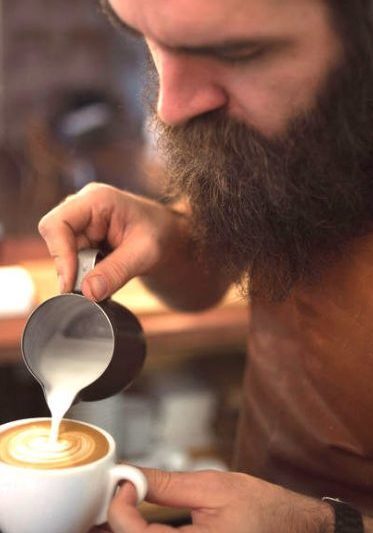This is my 3rdand final installment in a series about CVG (Cincinnati/Northern Kentucky International Airport). If you missed the first two posts in this series, you can find them here.
As you’ll recall to date, we’ve explored how CVG is a bright spot in customer experience for an unexpected sector – the travel industry.
CVG has a refreshing and study-worthy entrepreneurial and innovative spirit.
In previous segments, I talked about CVG’s successes in the context of partnerships with start-up tech companies.
I’ve also offered examples of how CVG drives innovation through the management of big data and the gamification of customer surveys.
This week, we will focus on the role that the Internet of Things (IoT) and wearables are playing in the evolving traveler experience at CVG.
Sensing the Need
CVG has partnered with Losant, an enterprise (IoT) platform provider, to strategically place sensors in key locations across the airport.
The data gathered from those sensors are shared with both passengers and leaders alike.
Losant, for example, worked with CVG to place wireless sensors inside a train tunnel to gather train location data. Losant developed a dashboard so CVG officials could see in real-time the location of the underground train.
That information is then used to better communicate and shape passenger expectations as to when the train will arrive.
Sensors play essential roles in many other areas of the traveler journey including – of all places – CVG restrooms!
Experience Activated from the Wrist
Think about how a routine, repeatable task like bathroom cleaning is done at a restaurant or airport.
Surely, in one of those public restrooms, you’ve seen a log hanging on a clipboard or wall with handwritten time entries and employee signatures scrawled on it.
This manual, low-tech tracking mechanism verifies, through self-report, that employees are servicing the bathroom in a manner consistent with timed frequency expectations.
What if, however, an airport experienced substantial weather delays and the number of people using the restrooms is five times normal?
In that situation, invariably supplies and the cleanliness of the restroom would suffer from the increased use and the time-based servicing schedule would not keep pace. That’s where CVG’s partnership with Hipaax comes in to play.
Hipaax specializes in deploying wearable technology to help businesses responded to real-time workflow needs.
In the case of CVG, airport cleaning teams wear Hipaax’s TaskWatch – a specially equipped smartwatch.
Hipaax describes the benefits of the TaskWatch as enabling employees to be mobile and handsfree, “while keeping them connected to enterprise systems through customizable task-specific forms.”
Specifically, at CVG, the TaskWatch is used to help keep restrooms serviced.
When data collected from sensors placed at entrances to CVG restrooms indicate traffic levels in excess of pre-determined thresholds, an alert is sent to TaskWatches worn by CVG cleaning crews.
This real-time activation of service responses reflects the joinder of IoT and wearable technology.
Next week, we’ll resume our regular topics, but I hope this expanded peek into partnerships and technology use at CVG gets you thinking about the role they might play in your customer experience evolution.
I’d love to learn more about your thoughts on these options for your business, so please reach out to us to arrange a time to talk.

Joseph A. Michelli, Ph.D. is a professional speaker and chief experience officer at The Michelli Experience. A New York Times #1 bestselling author, Dr. Michelli and his team consult with some of the world’s best customer experience companies.
Follow on Twitter: @josephmichelli



